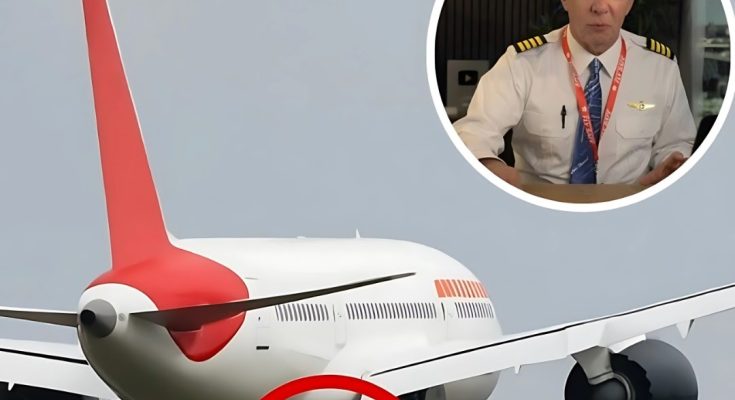In a revelation that has sent ripples through the aviation industry, investigators have pinpointed an astonishingly simple yet catastrophic mechanical malfunction as the root cause of the tragic crash of an Air India Boeing 787 Dreamliner. The incident, which claimed 270 lives and left only one survivor, highlights how even the smallest oversight in aircraft design or maintenance can lead to devastating consequences.
What Happened?
During takeoff, the pilot’s seat unexpectedly slid backward, drastically altering their control over the aircraft. This critical failure caused the pilot to lose proper reach of the controls at a crucial moment, leaving them unable to stabilize the plane. As the aircraft struggled to gain altitude, it veered off course, leading to a rapid descent and eventual collision with terrain.
Why Did the Seat Slide Backward?
Investigations revealed several contributing factors:
- Design Flaw: The locking mechanism on the pilot’s adjustable seat was found to be subpar, allowing it to shift under pressure.
- Maintenance Oversight: Insufficient checks during routine maintenance failed to detect wear and tear on the seat’s stabilizing components.
- Human Error: There is speculation that the pilot may have inadvertently triggered the adjustment lever while maneuvering for takeoff.
The Lone Survivor
Miraculously, a 12-year-old girl named Priya Patel survived the crash. Her survival has been attributed to her position near the rear of the plane, where structural integrity held slightly longer, giving her a chance to escape the wreckage. Priya’s story serves as both a beacon of hope and a stark reminder of the fragility of life.
Lessons Learned
This tragedy underscores the importance of rigorous safety standards, thorough inspections, and addressing potential design flaws before they escalate into disasters. In response, regulatory bodies worldwide have mandated:
- Enhanced testing protocols for all adjustable cockpit seats.
- Increased scrutiny of third-party manufacturers supplying critical components.
- Comprehensive retraining programs for pilots and maintenance crews to identify and mitigate risks associated with seemingly minor issues.
A Call to Action
While advancements in technology and engineering continue to make air travel safer than ever, this case serves as a sobering reminder that no detail is too small to overlook. For families affected by the crash, justice and accountability remain paramount. Meanwhile, the broader aviation community must ensure such preventable tragedies never happen again.
As we reflect on this heart-wrenching event, let it inspire greater vigilance, innovation, and compassion in ensuring safe journeys for all who soar above the skies. Rest in peace to those lost, and eternal gratitude to the heroes who worked tirelessly to uncover the truth. ✈️💔



